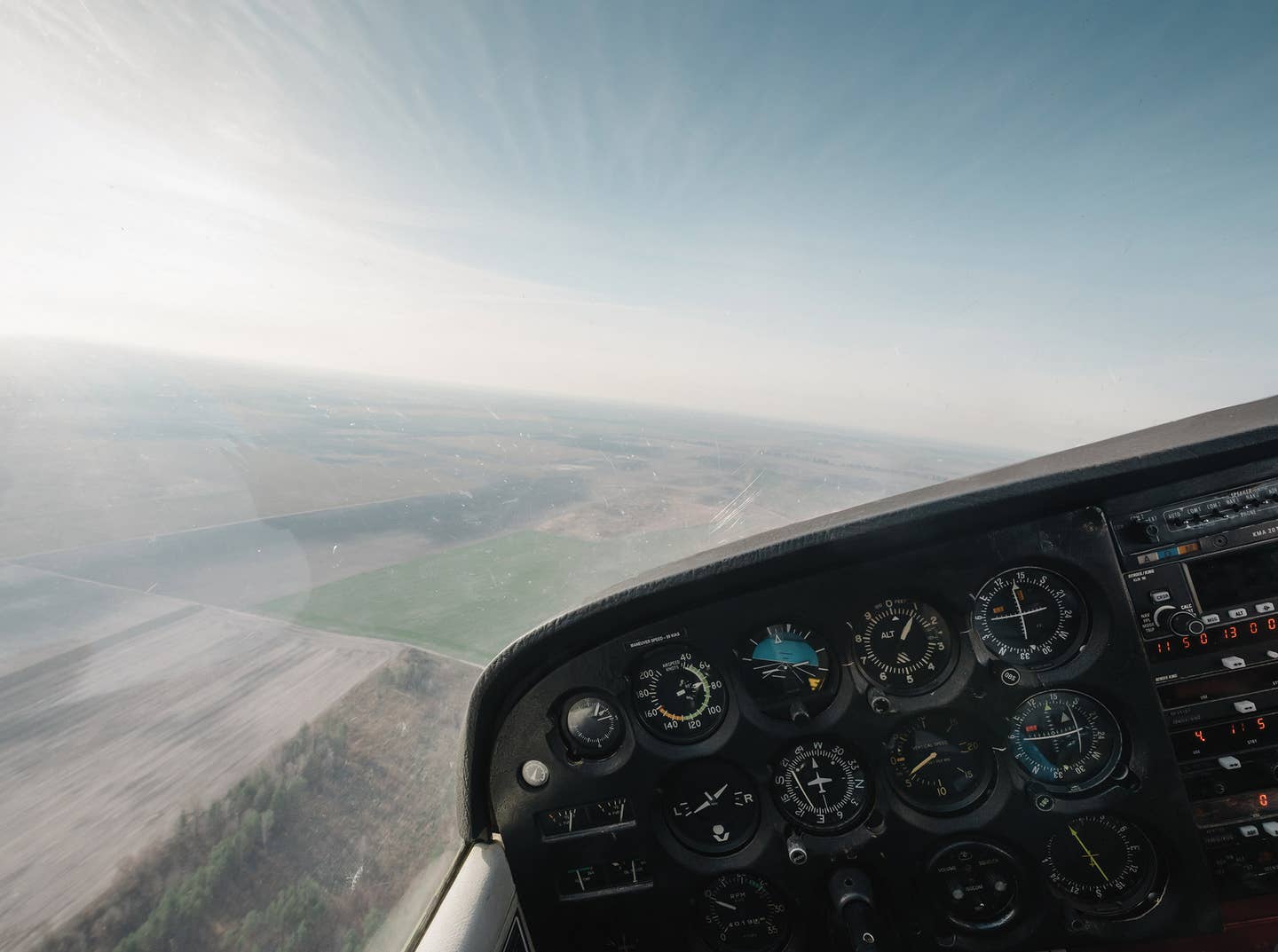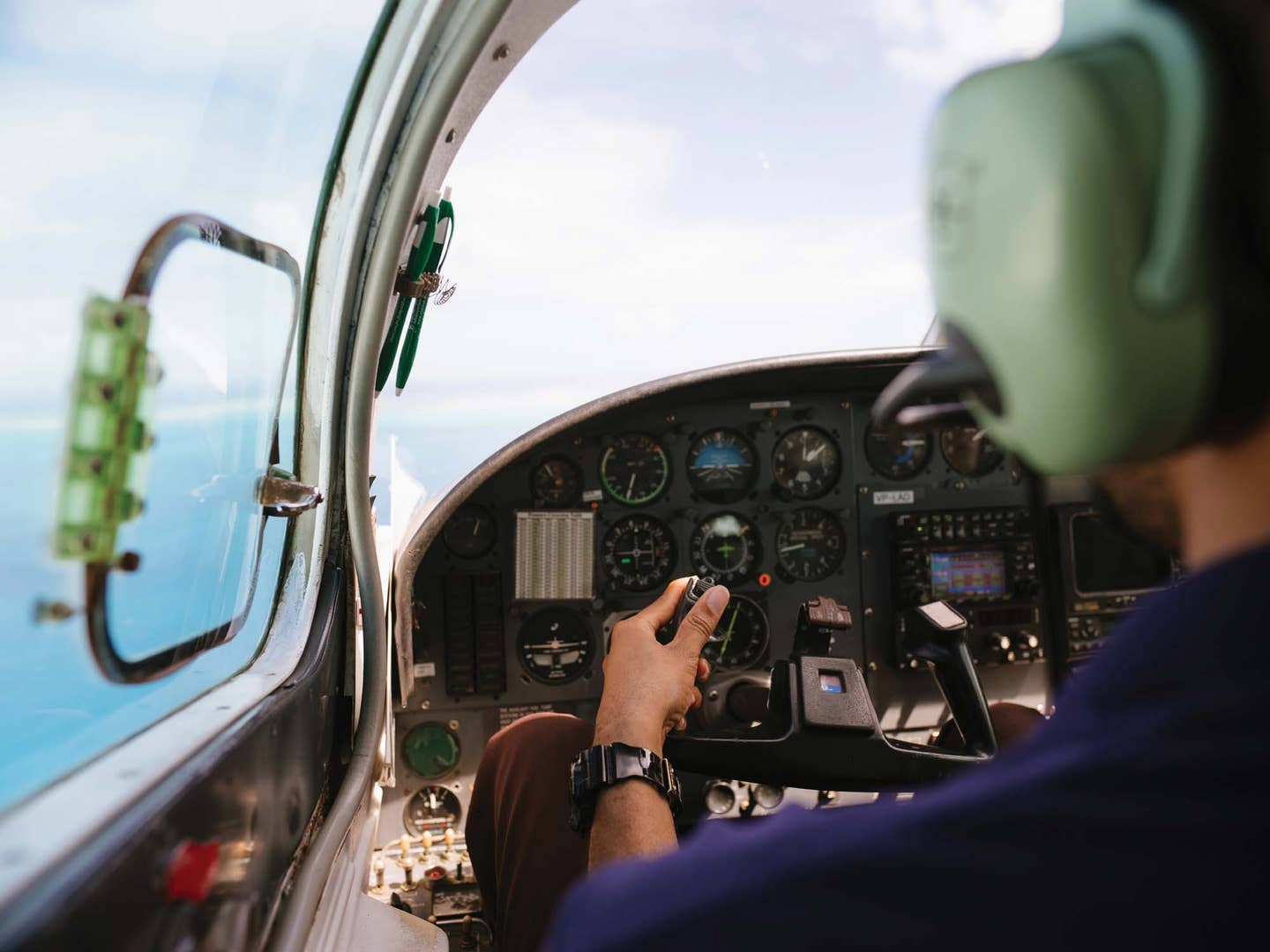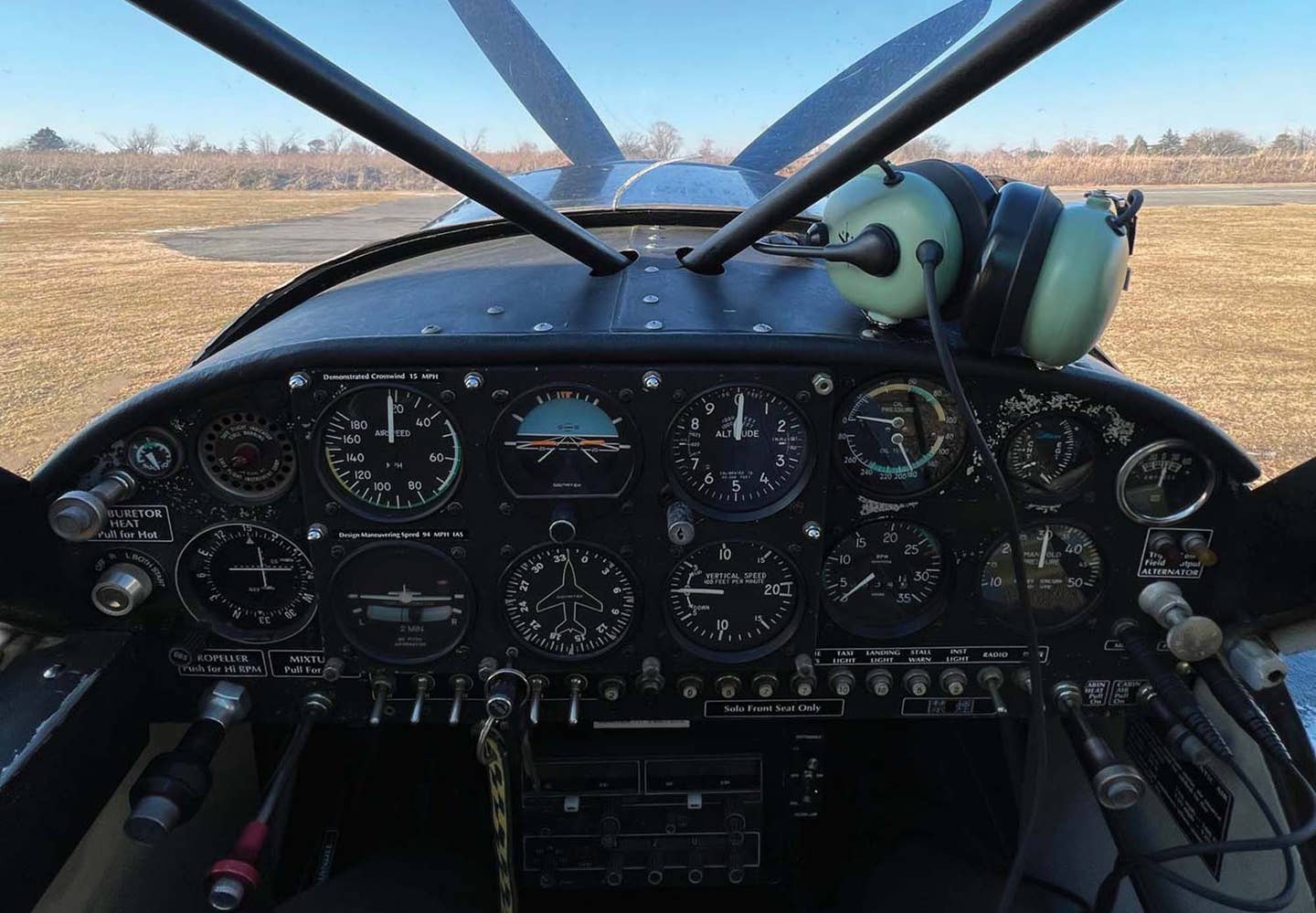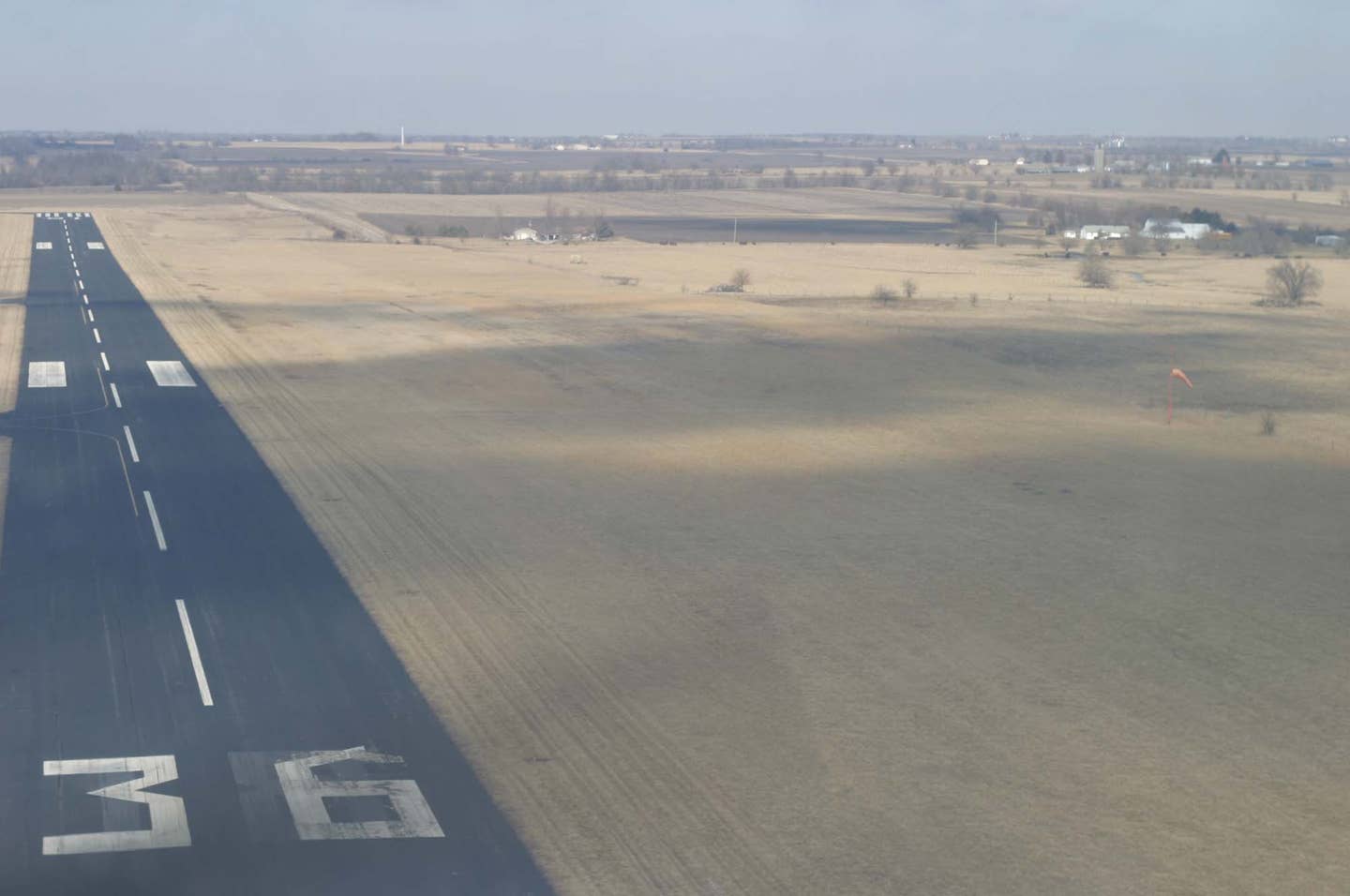After the Accident: A Deadly Ditching
“MAYDAY, MAYDAY, MAYDAY…Cessna 9 [unintelligible].” Another pilot on the frequency replied: “14A, how far north of the shoreline are you?” “Right in the middle. I’m out here by…there…there’s a boat…

The outcome of the decision making chain was clear: The Cessna 170 ran out of fuel. [Adobe Stock]
“MAYDAY, MAYDAY, MAYDAY...Cessna 9 [unintelligible].”
Another pilot on the frequency replied: “14A, how far north of the shoreline are you?”
“Right in the middle. I’m out here by...there...there’s a boat going by... there’s a tanker getting drug. I am out in the middle, and I’m going down now. I’m going in the water.”
It was 4:40 p.m. on January 26, 2021. The pilot, in the middle of the 10-mile Strait of Juan de Fuca between Victoria, British Columbia, and Port Angeles, Washington, alone in his 1949 Cessna 170A, had left Ketchikan, Alaska, more than six and a half hours earlier, heading to Port Angeles. He almost made it.
The other pilot asked: “Are you east or west of the [U.S.] Coast Guard station at Port Angeles, if you can tell me?”
“I don’t know, [indiscernible] water...I’m right by this boat...There’s a boat...There’s a boat getting towed by a barge. I’m going in the water now.”
The other plane called the U.S. Coast Guard, telling it the Cessna was by a boat. The pilot’s last radio transmission was: “Ya, I’m behind the boat, behind the boat.”
The 38-year-old had a commercial FAA pilot certificate, with seaplane and instrument ratings. The National Transportation Safety Board (NTSB) report estimates he had about 650 hours of flight experience. At the time of the crash, the pilot did not have a FAA medical certificate.
The trip had started in Kodiak, Alaska, one day earlier. The planned destination was Lake Havasu City, Arizona. That’s a long flight, but a journey he’d made before. He stopped in Sitka, and then in Ketchikan, where he spent the night. Both wing tanks were filled, as was an aux fuel tank in the fuselage. The aircraft had no record of the third tank in the maintenance logs. NTSB analysis of fuel receipts indicates its capacity was about 15 gallons.
The great circle distance between the Ketchikan International Airport (PAKT) and the William R. Fairchild International Airport (KCLM) in Port Angeles is 531 nm (611 sm). While both airports are in the U.S., almost all of the route is along the Canadian coastline. In the middle half of the journey, there are almost no alternate airports available.
Using the 170A owner’s manual performance data quoted by the NTSB for a 145 hp engine and two 20-gallon wing fuel tanks, the flight does not seem possible. At 6,000 feet pressure altitude, with a leaned engine rpm of 2,500, the listed range is 571 sm, as given in the manual’s charts. Pull back to 2,100 rpm, the range increases to 666 sm. The manual notes, “Cruising performance is dependent upon...variables [that] may account for variations of 10 percent or more in the maximum range.”
The mysterious fuselage tank added an extra 10 to 15 gallons, which would increase the published range figures by about 25 percent to 37 percent. With favorable weather, the flight seems technically possible. The pilot departed Ketchikan at about 10 a.m. local time.
He flew a nearly straight line for several hundred miles, cruising between 4,000 feet and 6,000 feet msl. But upon reaching Vancouver Island, the routing starts to weave left and right, following Queen Charlotte Strait and then the Salish Sea. He descended to between 1,000 feet and 2,000 feet to avoid clouds. He pressed on, heading overland toward the Strait of Juan de Fuca and his planned U.S. destination. Air traffic control radar and Garmin InReach GPS device data give us the plane’s position, altitude, and speed. But we have more—insight into his thinking. He was texting with his mother (with all texts sic, including grammatical errors):
15:21 (Mother) Are you on the ground?
15:22 (Mother) You still appear to be at Port Hardy
15:24 (Pilot) Nasty headwind, I’m just past Comox, not sure if I have enough gas
15:24 (Pilot) May land in Canada ...
15:41 (Pilot) Been in the air for 5.7 hours GPS says 1.1 more hour / 57 gallons at 6-10 per hour
15:42 (Pilot) It’s a tough call, it should make it
...
15:45 (Mother) Average 8.38 g per hour will get you there on fumes
...
16:04 (Mother) What’s your eta now?
16:13 (Pilot) 29 minutes
16:13 (Pilot) It keeps changing
16:14 (Pilot) I’ll be doing 90 knots then cross a peak and suddenly 60...
Thirty minutes later, the pilot made the Mayday call, sent his mother a photograph of the barge he was aiming for, and ditched in the water.
The onboard emergency locator transmitter (ELT) activated, but its older design didn’t help authorities. One eyewitness described sea conditions as a “frothy mess.” We don’t know what, if any, survival gear was on board. The U.S. Coast Guard Puget Sound Command Center contacted every tug and barge in the strait, and none reported seeing an airplane. Multiple ships and aircraft searched for 22 hours. It is presumed the aircraft sunk.
After the accident, the how part is clear—the airplane ran out of fuel. The agency’s determined probable cause is clear: “The total loss of engine power due to fuel exhaustion, which resulted from the pilot’s inadequate in-flight fuel planning.”
The why part is less clear. Why didn’t he divert earlier? Why didn’t he land at one of the several airports short of the destination? The NTSB report does not speculate on either subject. The pilot did text “may land in Canada,” but the reality is he did not turn from Port Angeles until it was too late. Plan continuation bias. Completion bias. Optimism bias. We all suffer from these powerful blind spots.
I wonder about another factor. Six months before the accident, the pilot visited an aviation medical examiner (AME) to renew his FAA second-class medical certificate. Because of the pilot’s reported DUI incident a few months earlier, the AME couldn’t issue a medical that day.
The FAA requested more information, which the pilot did not supply. Maybe the DUI made him think twice about landing in Canada, which has strict entry requirements for people with what are considered indictable offenses. And a DUI most certainly counts here.
That’s just speculation. Certainly, something stopped him from landing in Canada. We know a lot from the pilot’s airborne texts with his mother—but maybe he didn’t tell her everything.

Subscribe to Our Newsletter
Get the latest Plane & Pilot Magazine stories delivered directly to your inbox






